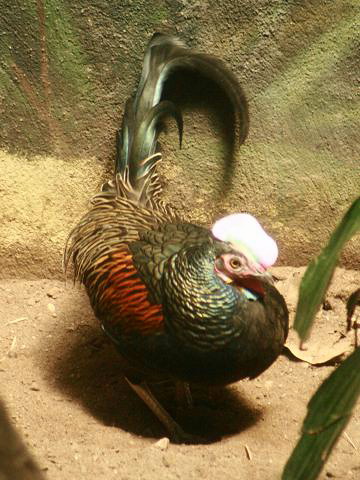Facts About Junglefowl
Junglefowl are remarkable birds belonging to the genus Gallus, classified under the order Galliformes. There are four extant species of junglefowl, primarily distributed across India, Sri Lanka, and Southeast Asia. These birds diverged from a common ancestor approximately 4 to 6 million years ago. Males are noted for their strikingly colorful plumage, although they are difficult to spot due to their preference for dense vegetation. Notably, male junglefowl do not participate in egg incubation or chick-rearing; these tasks are entirely managed by the females. Junglefowl exhibit a unique mating system in which females mate with multiple males. Their diet is diverse, consisting of plant matter, invertebrates, and occasionally small animals.
One prominent species, the red junglefowl (Gallus gallus), is the ancestor of domesticated chickens. Another species, the Sri Lankan junglefowl (Gallus lafayetii), holds the distinction of being Sri Lanka's national bird. The genus Gallus was established by French scientist Mathurin Jacques Brisson, with the red junglefowl designated as the type species. Currently, this genus comprises four acknowledged species.
Fossils of Gallus species have been discovered across Eurasia, representing different time periods and locations. Nonetheless, the distinctiveness of these fossil species is not always unequivocal. Some of the identified fossil species include Gallus aesculapii, Gallus moldovicus, Gallus beremendensis, and the Giant junglefowl, Gallus karabachensis. These fossils range from the Late Miocene to the Early Holocene epochs.

 India
India